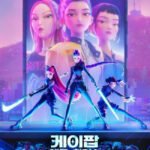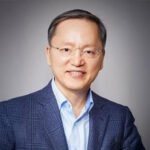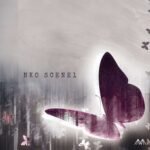Kia Corp., South Korea’s second-largest automaker, said on Tuesday it introduced a trunk liner (mat) for the EV3, made from ocean plastic waste, in collaboration with the Dutch nonprofit organization “The Ocean Cleanup.”
The Ocean Cleanup is a Dutch nonprofit focused on removing ocean plastic and waste, and Kia partnered with the organization last year.
The newly revealed EV3 trunk liner is a limited-edition car accessory that utilizes 40% ocean plastic waste, collected and extracted from the Great Pacific Garbage Patch.
This is the first result of Kia’s partnership with The Ocean Cleanup, inspired by Kia’s design philosophy “The Opposites United” (the creative fusion of contrasting concepts).
According to Kia, the surface pattern of the liner resembles the image of ocean plastic being collected by nets from the waves.
The EV3 trunk liner will be sold in select regions, including Europe, and details of its development can be accessed via a QR code included with the product.
“This is the first car accessory made from recycled ocean plastic through Kia’s collaboration and R&D with The Ocean Cleanup,” Executive Vice President and Head of Kia’s Customer Experience Division Ryu Chang-seung said.
Under its vision to become a leader in sustainable mobility, Kia plans to increase the use of recycled plastics in its finished vehicles to more than 20% by 2030.
By Jin-Won Kim
jin1@hankyung.com















